

Damion Smy
Boxy new KGM Musso unveiled to take on HiLux and Ranger ahead of Australian launch
6 Hours Ago

News Editor
Lotus and Alpine may have amicably ended their planned electric sports car partnership, but they’re reportedly both planning to develop such vehicles independently of each other.
Autocar reports Lotus is still working on an electric successor to its Elise, with the project – codenamed Type 135 – still being prepared for a 2026 launch.
Design and engineering work is reportedly still taking place in Hethel in the UK.
The news comes after Renault Group CEO Luca de Meo told Autocar this week it’s working on a new platform for its electric A110 replacement, which could underpin more than one model.
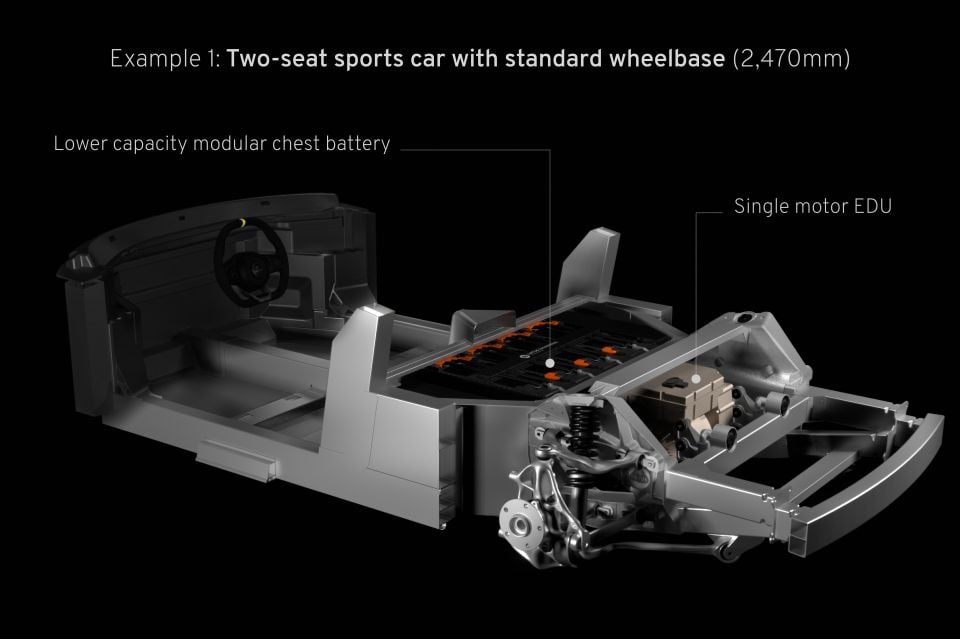
Alpine and Lotus had announced in 2021 they would share development of a platform to underpin electric Elise and A110 successors, but confirmed in May the partnership was ending.
“Lotus and Alpine have been collaborating on a future EV sports car vision for more than two years, during which time a strong relationship between the two companies has developed,” the companies said in a statement.
“As with any collaboration following an MoU [Memorandum of Understanding], the outcome was not guaranteed.
“We have decided not to progress with the joint development of a sports car for Alpine. This is a mutual decision reached amicably, and we will continue to discuss other future opportunities.”
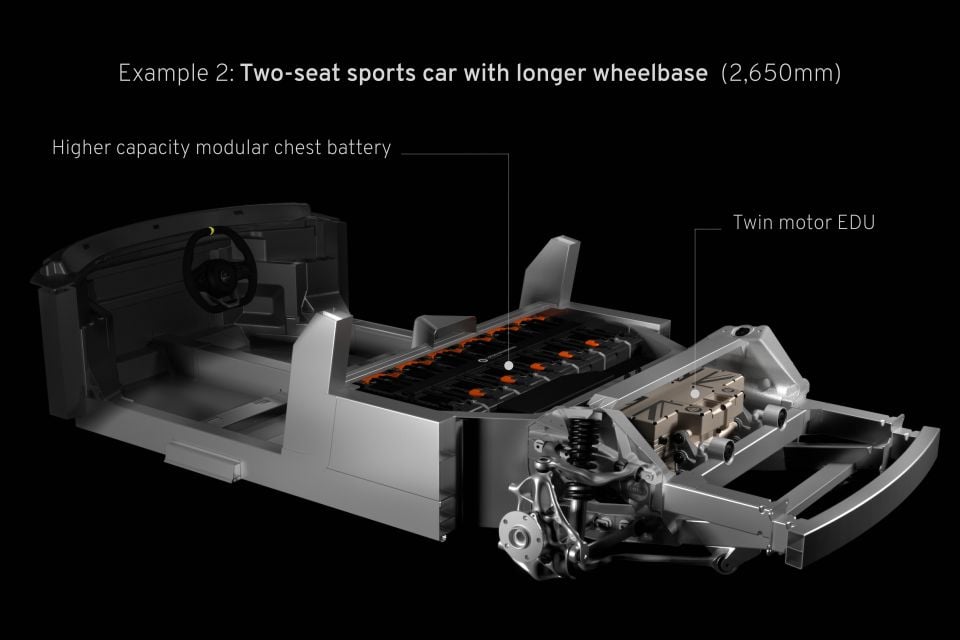
Lotus has previously released information on the E-Sport architecture that would underpin the vehicles, with this architecture supporting both two-seater and longer-wheelbase 2+2 models with single- or dual-motor powertrains.
It features a vertical stack of batteries behind the passenger compartment. By eschewing the typical skateboard design for dedicated EV architectures, where the batteries are placed in the floor, E-Sport cars can have their seats placed closer to the ground.
It also shifts the centre of gravity towards the middle of the car, theoretically making it behave more like a mid-engine internal-combustion vehicle.
Alternatively, this platform can feature a “slab” layout for the battery, where it’s placed under the cabin.
Inside this new platform there are cylindrical battery cells, rather than traditional rectangular cells, for high energy density.
Lotus detailed the following technical specifications for sports cars on this platform:
| Vehicle layout | Wheelbase | Battery size/configuration | Maximum battery power | Electric motor layout/max power |
|---|---|---|---|---|
| Two-seater | Minimum of 2470mm | 8-module / chest | 66.4kWh | Single / 350kW |
| Two-seater | More than 2650mm | 12-module / chest | 99.6kWh | Twin / 650kW |
| 2+2 | More than 2650mm | 8-module / slab | 66.4kWh | Single / 350 kW or Twin / 650kW |
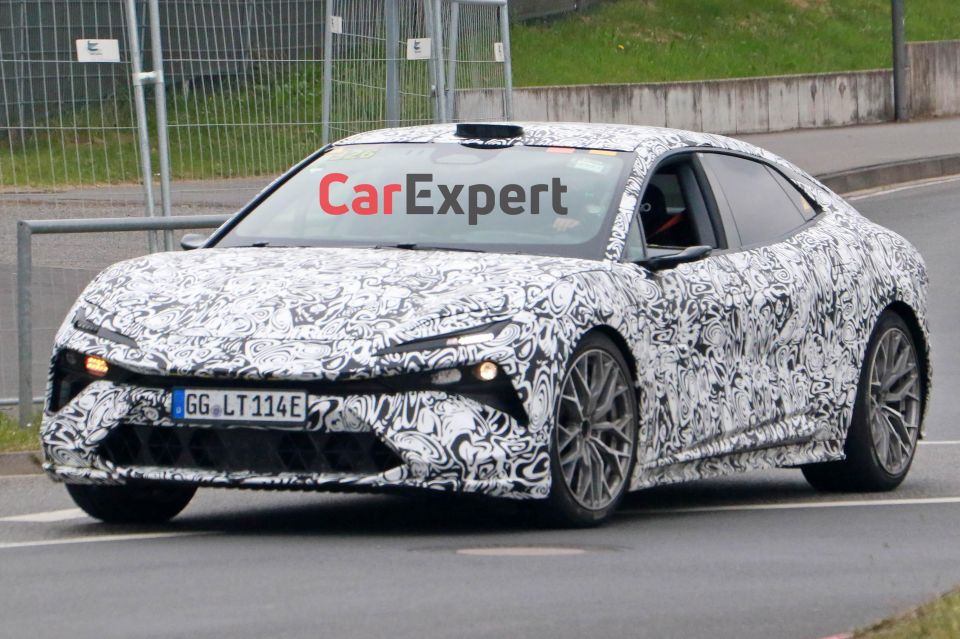

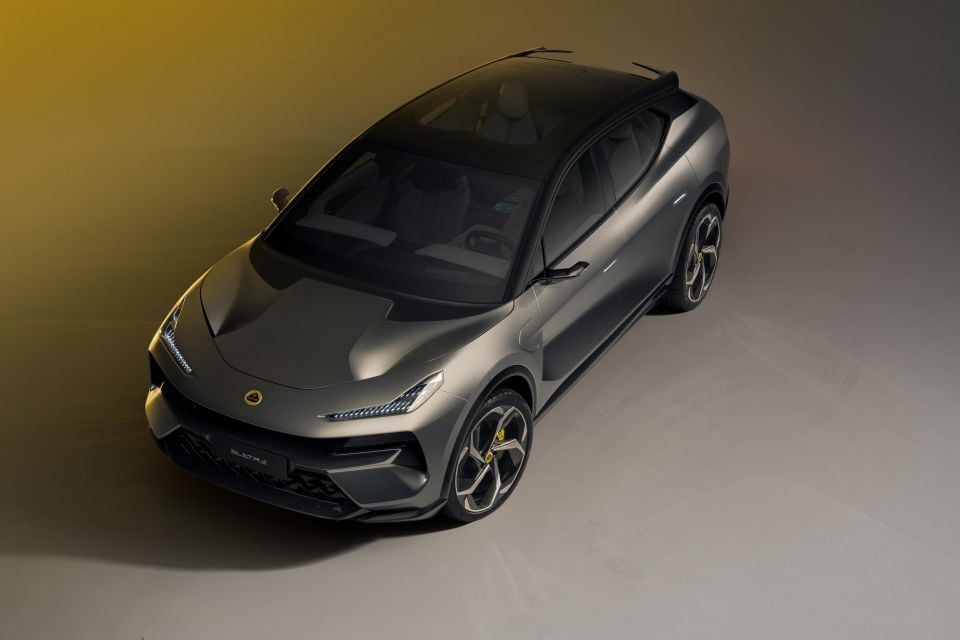
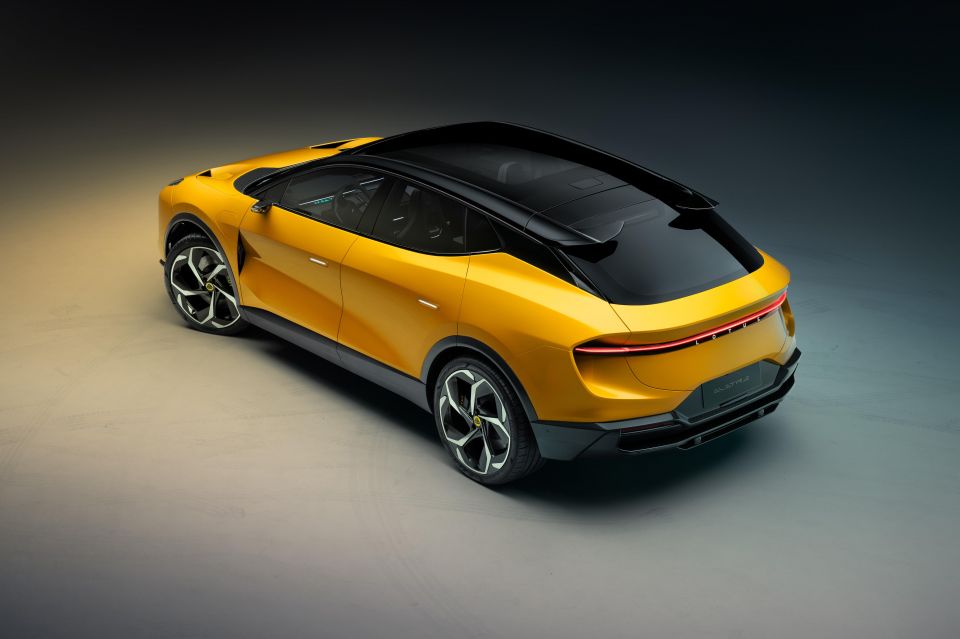
The company has already revealed its first electric vehicles: the Evija hypercar and the Eletre SUV.
The latter is being built in Wuhan, China, the headquarters of the Lotus Technology division. It will be joined by another, smaller SUV in 2025, but before then Lotus will introduce a new electric sedan.
Set to be revealed this year, the Chinese-built sedan – codenamed Type 133 – will serve as Lotus’ rival for the Porsche Taycan, and will share its Premium architecture with the two SUVs.
Lotus has confirmed the Type 133 will feature “active roll control, CDC [continuous damping control], independent active rear steer and active aero”, and at least 441kW of power.
Where expert car reviews meet expert car buying – CarExpert gives you trusted advice, personalised service and real savings on your next new car.
William Stopford is an automotive journalist with a passion for mainstream cars, automotive history and overseas auto markets.


Damion Smy
6 Hours Ago


Damion Smy
7 Hours Ago


Damion Smy
9 Hours Ago


Damion Smy
10 Hours Ago


Damion Smy
12 Hours Ago


Damion Smy
13 Hours Ago